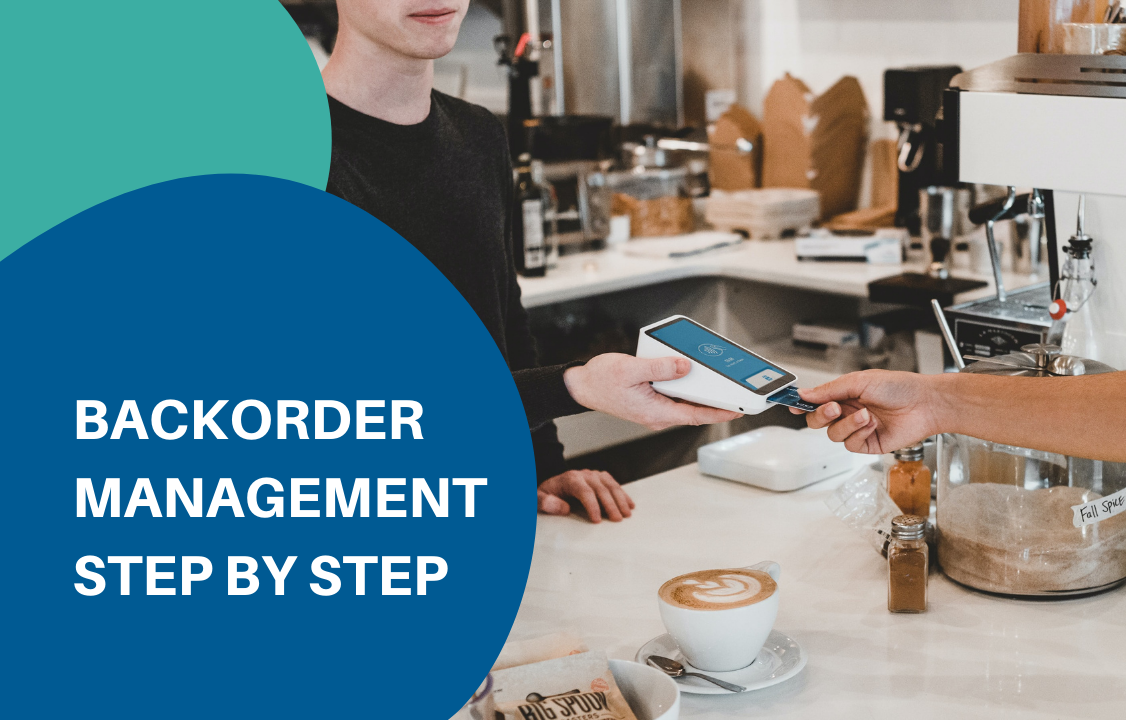Backorder Management Step By Step

Backorder management takes care of goods that the company cannot fulfill because the demand is beyond the supply. Today, we use different complex terms to describe how companies keep goods flowing to their customers—for instance, LIFT, FIFO, MRP, ERP, and supply chain and demand. Yet there is one important term most people overlook and misunderstand, which is backorders. Unlike preorder, which is to order a product that has never been on the market, backorder referred to a currently running out item that can be fulfilled later. Backorder involves a process where goods are about to be reproduced, meaning that they can always be delivered in the future. Causes of Backorders Backorders from Gritglobal can do you well given a thorough understanding of the concept. In the later part of this article, you will learn the simple process to address your backorder issues. Before we start, let’s go through different reasons for backorders to happen. Unusual Demand An unusual demand might occur during the holiday or festive time. It might also be due to natural events such as hurricanes and disasters where a large number of goods are required in a short period of time. A lot of factors can contribute to a product getting an unusual demand from the public. Supplier issues We live in a supply chain that is stretched throughout the world, and at times there will be supplier issues. While it might not be intentional, nature can have its cause. Additionally, regulatory compliance, strikes, or shipping can cause suppliers to delay products. The disparity in order patterns Natural disasters, weather events, and holiday seasons can cause variations in order patterns. Companies might depend on demand planning models to foresee the total orders and customers. However, a sudden change in people’s demands can disrupt or throw manufacturers off-balance. Steps of Backorder Management process To avoid disappointing your customers because of your inability to fulfill their expectations, you need to follow a good backorder management process. Here are the steps of the backorder management process to implement for your business. Be transparent about product availability and shipment date In dealing with backorders, you need to indicate product availability and shipment date. With this, customers can decide if they want to wait for the product or not. Furthermore, it helps build trust with your customers that you value their time. Fulfill available items if possible Peradventure you have a limited amount of the product, you can perform partial fulfillment. For instance, you have three mobile phones in stock while there are two customers, each of whom wants two phones. Here, you can decide to fulfill half of the order while backordering the other. In other words, customers will receive a partial shipment of the product with an estimated time for the remaining to arrive. Place order for unavailable items In case of dropshipping, you can order the unavailable product from your supplier or manufacturer. It is essential to keep the customers informed about the current state of the product. Update customer on order status After a customer has placed an order for an item, they have the right to be informed about the current delivery status promptly. In the event that the product is no longer available for manufacturing, it’s crucial to notify them and initiate a refund. Effective backorder management ensures timely updates and appropriate actions in such scenarios. Receive restocked items and fulfill Once you receive the items, you can restock and fulfill the backorders. Remember to stick to the estimated time you indicated in your first message. If You’re on BigCommerce See How BackOrder Solves Your Pain Points Eliminate Lost Sales Due to Stockouts Many businesses struggle with losing sales when items are out of stock. BackOrder ensures you never miss a sale by automatically enabling backorders when inventory reaches zero, keeping your revenue steady. Streamline Inventory Management Managing backorders manually can be time-consuming and error-prone. BigCommerce BackOrder automates this process, integrating seamlessly with your IMS/ERP to schedule workflow smooth and accurate. Enhance Customer Satisfaction Uninformed customers can lead to frustration and lost business. BackOrder allows you to customize notifications and BigCommerce automate emails, ensuring your customers are always informed about stock status and expected restock dates. This transparency improves the customer experience and builds trust. By addressing these pain points, BackOrder helps businesses maintain consistent sales, streamline operations, and keep customers satisfied. If you have further question, please contact us!

